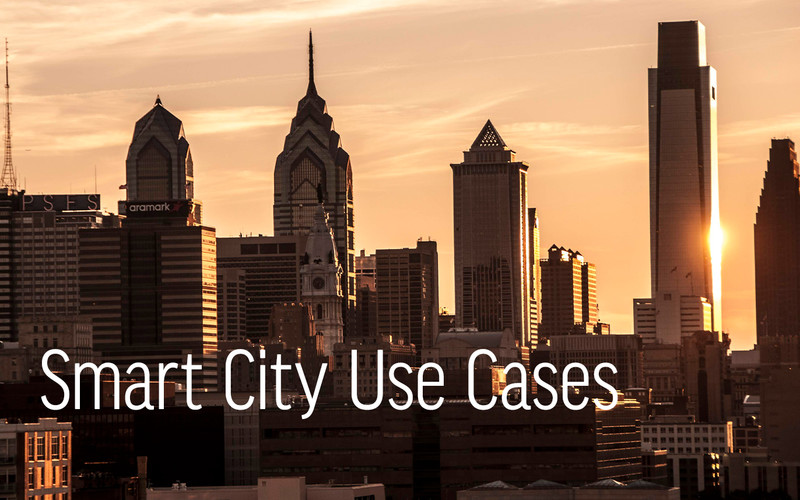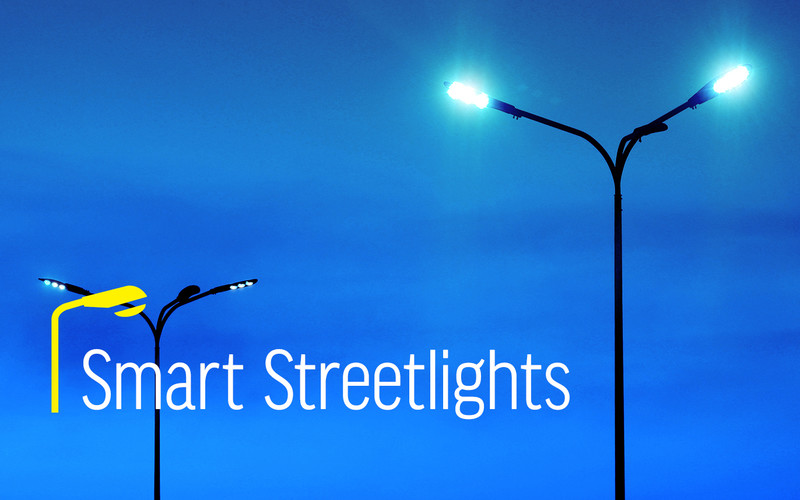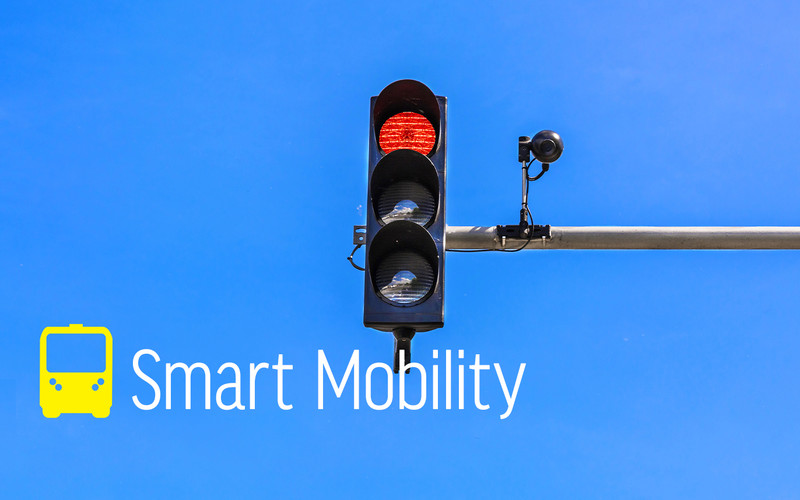Aurora, Ill., Invests in Intelligent City Services
Instead of having a discrete area of the city to test out smart city technologies, Aurora, Ill., sees the entire breadth of the city as its “innovation district.” That is the heart of the city’s long-term strategic effort, called Smart Aurora.
According to CIO Michael Pegues, at press time, the Aurora City Council was set to approve a $300 million capital investment from Smart City Capital to create a public-private partnership in early 2021. What innovations will that buy?
First up: more intelligent city services powered by data analytics. That includes smart parking decks to direct users more easily to open spaces, smarter traffic signals and more efficient water utility management.
Another key goal is the expansion of fiber-optic broadband connections. The city already has 120 miles of fiber-optic cable in the ground but wants to expand that to 645 miles, helping to close the digital divide and to attract business investment, Pegues says.
“We need to look at fiber connectivity and broadband accessibility the same way we look at gas, water and electricity — and then you’ve got fiber as a fourth utility,” he says.
The pandemic accelerated Aurora’s smart city plans “in a positive direction, actually,” says Pegues, and “solidified the need for smart cities” and new ways of thinking. In recent years, Aurora has made a number of tech updates — refreshing the Cisco Dense Wavelength Division Multiplexing technology that allows it to push higher bandwidths over long distances, for instance.
MORE FROM STATETECH: Find out how smart cities may grow in the years ahead.
Colorado Springs, Colo., Focuses on Sustainability
In 2017 and 2018, Colorado Springs, Colo., developed a smart city roadmap. Colorado Springs Innovation Manager Josh Handley says the pandemic has forced the city to focus on solutions to improve citizens’ lives.



















